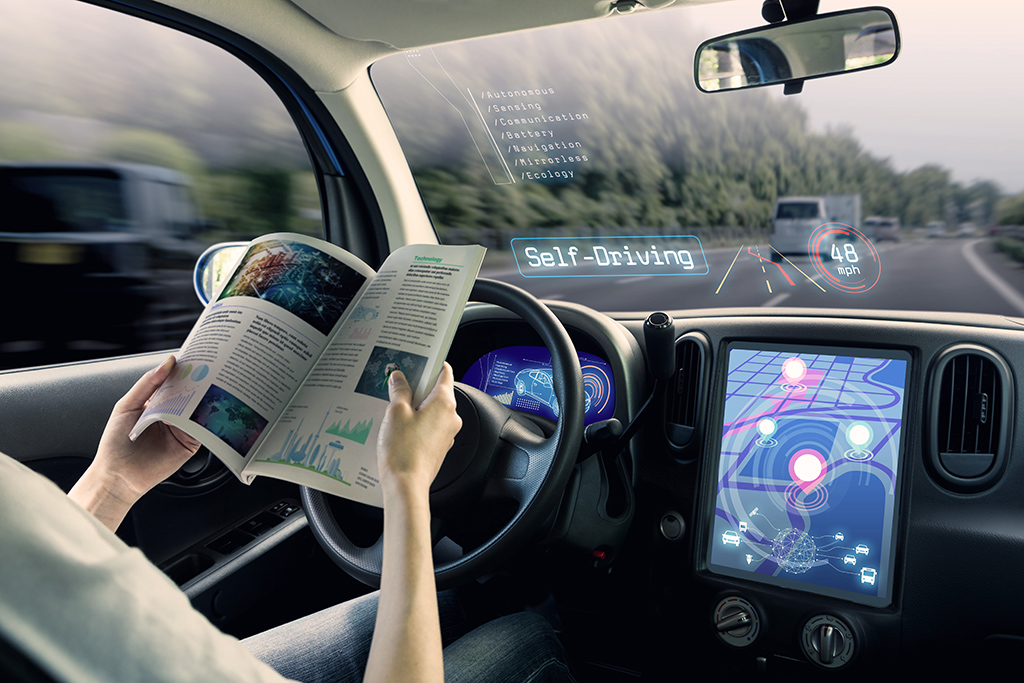Few things in daily life mix art and engineering like cars do. From the smooth curves of old cars to the simple beauty of electric vehicles, car design shows changes in society, technology and culture. More than just tools cars are moving sculptures that tell stories about their time and place.
This blog looks at how car design has changed ‒ showing how shape meets purpose ‒ and new tech brings both challenges and chances.
- The Best Time for Car Design
The middle of the 20th century was a great time for car design when beauty and uniqueness mattered most. Famous models like the Jaguar E-Type and Chevrolet Bel Air showed freedom status and modern life.
The Jaguar E-Type ‒ often called “the most beautiful car ever” ‒ balanced shape with speed hints through its long hood. The Chevrolet Bel Air ‒ with big fins and shiny parts ‒ captured America’s hopeful spirit after war.
These cars weren’t just transport ‒ they were cultural symbols loved for inspiring joy. - Simple Style Grows
Later in the 20th century simplicity took over car looks as companies like Volvo focused on clean lines prioritizing safety over decoration.
Today’s electric vehicle makers like Tesla show this style best. Tesla Model 3 ‒ with smooth surfaces inside-out ‒ shows modern simplicity without engines letting designers rethink space use.
Yet debates arise; while minimalism fits values such as saving resources some say it loses emotional ties more expressive designs give. - Electric Changes Everything
Electric vehicles bring fresh ideas into designing cars; without gas engines designers try new shapes never seen before.
Look at Lucid Air ‒ it mixes sleekness with luxury using longer wheelbases maximizing space elegantly or Porsche Taycan proving performance matches good looks even now through futuristic touches beyond single models electrics mean changing views not only about look but also resource use making movement different from before. - Self-Driving Cars Change Driving
As self driving tech grows drivers’ roles change ‒ or vanish entirely bringing both fun opportunities tough problems to auto designers.
Without normal controls interiors turn flexible multi use spaces; ideas such as BMW i Interaction EASE see cars becoming living rooms complete with comfy seats big screens smart surfaces focusing on comfort connection instead of driving feel raising questions if emotions still come when driving isn’t key will moving styles shift toward usefulness?
Green Thinking
A Must-Do Now
With climate issues urgent globally being green is key for making cars now beyond electric motors brands find ways to make whole processes eco friendly too using recycled stuff e.g. Polestar uses old plastics metals fabrics inside or making parts easy swap extending lives showing realizing great design means looking good working well yet gentle earth touch matters much today
- Cars As Art Pieces
Even starting practical designing autos always had an art side from Italian supercars’ sculptural bodies bold concepts EVs inspire awe admiration celebrating artistic value places Concorso d’Eleganza Villa d’Este historical modern styles shown reminding us they’re not mere tools but cultural items showing hopes aesthetics then
Conclusion: Moving Ahead Together
Car designing sits between keeping tradition shifting forward tech changes culture moves reshape industry balancing fresh ideas feelings usefulness artistry quoting Alice Rawsthorn “Design powerfully affects us” nowhere clearer than evolving auto designs shaping travel vision alike
